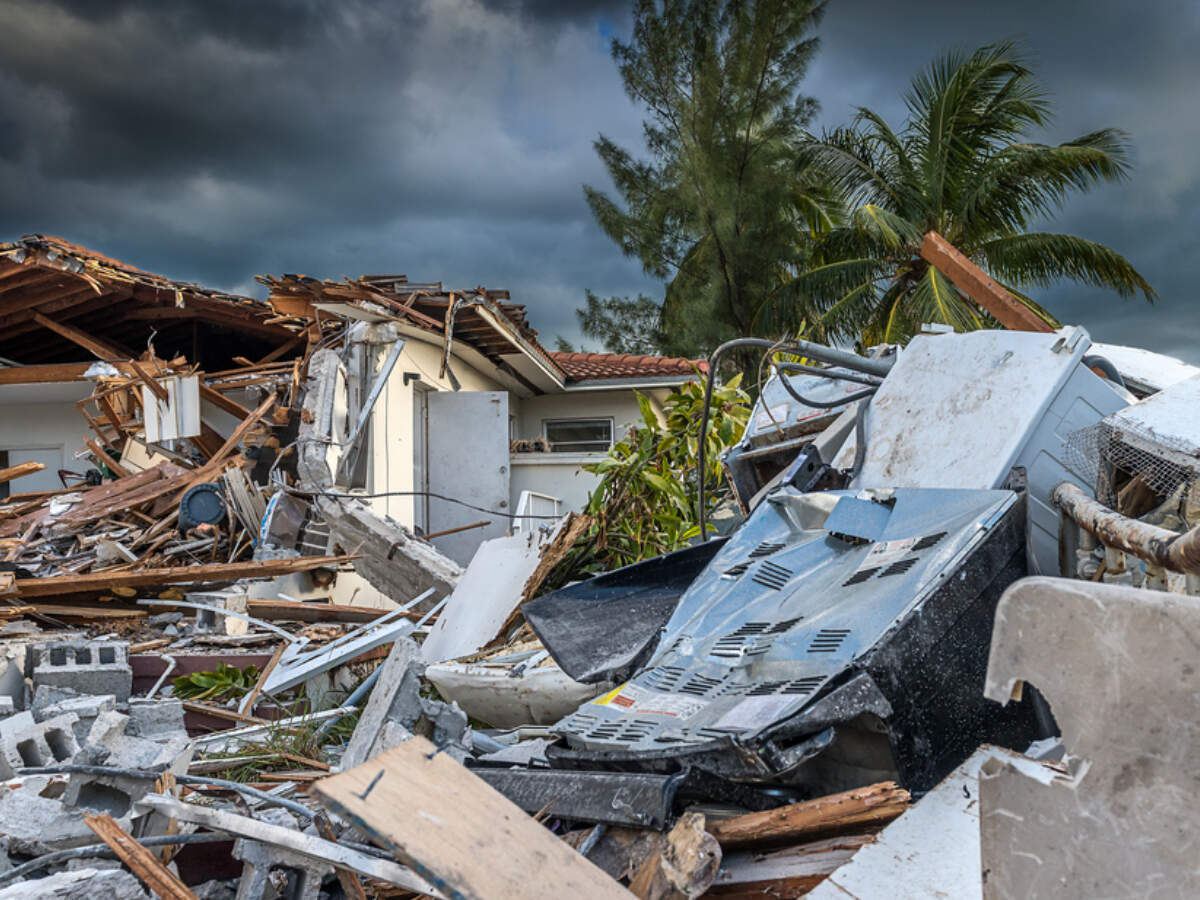In the wake of the 7.1-value earthquake that rocked Southern California on July five, 2019, it’s more essential than ever to reflect the significance of publish-earthquake inspections on your buildings earlier than they occur. Although the earthquake, which occurred close to Ridgecrest, California, did not cause any fatalities or primary injuries, it did cause fundamental damage to some buildings, knocked out power, and sparked numerous gas leaks, according to the Los Angeles Times. After an earthquake has ended and your occupants are out of damage’s way, a put-up-earthquake inspection is so. A thorough assessment clears your construction for reoccupation and identifies structural damage you must cope with before re-accessing.
Plan and Develop Relationships
After experiencing an earthquake, the demand for structural engineers in your vicinity could be excessive. It’s no longer the time to fumble through Craigslist advert pages for help after the fact. “Establish a courting with an amazing structural engineer in advance to make certain that when the one’s services are wanted, an authorized engineer is reachable to provide a constructing inspection,” says Andy Thompson, companion major for Arup, an engineering consulting company. Some towns provide offerings that enable this courting. You can also find contacts through your coverage business enterprise or structural engineering institutions.
Once connected, invite an engineer to your facility for a walk-in. Not only does this provide them with familiarity with your building, but they could also give tips about reinforcement strategies. It is also essential to have your structural drawings to be had and prepared. Often, they’re in a country of disease, which slows down the inspection system. If you have CAD or BIM drawings, ensure you can access them if the IT gadget is down.

Proper Building Inspections
Remember that constructing codes and designs is centered on the existence of protection during an earthquake. There is no absolute assurance that the structure will be practical afterward. A proper inspection is the only way to verify if your construction is secure to reoccupy. “Engineers are seeking out a demonstration that the lateral and vertical electricity of the ability has now not been compromised by the earthquake,” says Thompson. “Is the building as safe as it became before the earthquake?”
An engineer starts by visually evaluating the building’s exterior, seeking out tilting and land shifts. Once inner, damage to structural contributors is critical to pick out. Impaired columns, shear partitions, and gravity or lateral supporting structures often suggest the building is unsafe. Minor harm is likewise pinpointed, together with cracks, ceiling and ground troubles, elevator and light damage, and roof failures. Note that a structural engineer will now not address structures, including mechanical, plumbing, or IT.
There are sorts of assessment methods:
1. Rapid Visual Inspection
This occurs 24 hours after an event and uses a purple, yellow, and green tag gadget. A volunteer or kingdom-reduced-in-size engineer will take about an hour to assess the construction’s protection, erring on the conservative facet.
2. Detailed Structural Evaluation
These inspections are unique to your situation. They occur several days after an event; a thorough assessment takes one or two days. The time required for a review depends on your construction type – a box save requires an elite level of interest than an excessive-upward push building.
Digital Monitoring
After an earthquake, physical harm on the outside is continually obvious. However, internal damage can compromise a building without being enormously seen by the bare eye. “There are instances where a visual inspection can’t screen the quantity of the damage,” says Farzad Naeim, vp of the structural engineering firm John A. Martin and Associates. For instance, connections in framing may be shaken to the factor in which they’ve cracked, weakening their load capacity. This should be noted because the frame is commonly covered through drywall and different materials.
Consider adding actual-time structural health tracking to deal with hidden assets of damage. This machine of sensors collects information from a couple of factors around your facility. It triangulates sensor remarks to expose potential wear areas and generates a detailed and actionable record within 10-15 minutes of an event.
This can decide if your construction is a high or low priority for inspection. It also saves engineers time by directing them to unique locations to assess instead of having them stroll each nook of the construction.














